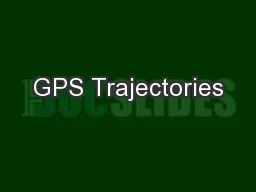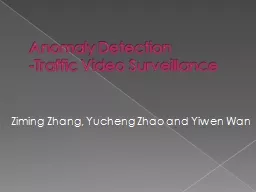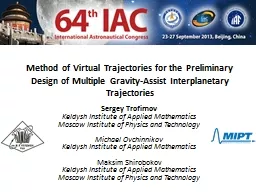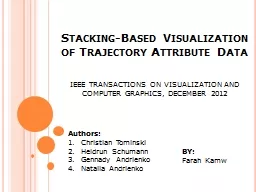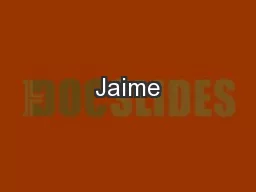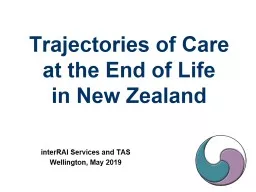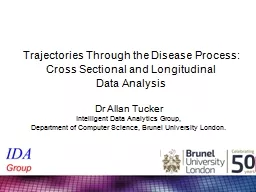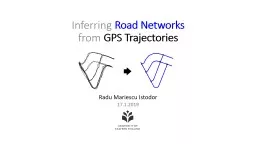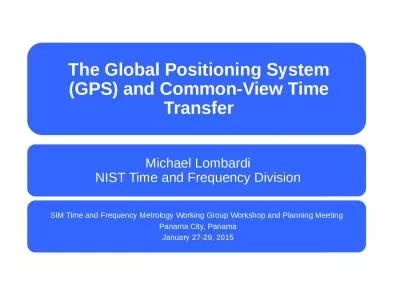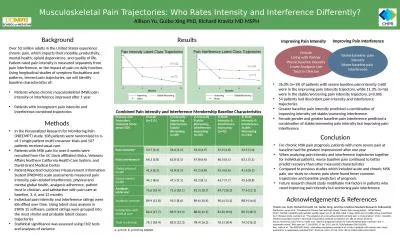PPT-GPS Trajectories
Author : trish-goza | Published Date : 2015-12-02
Analysis in MOPSI Project Minjie Chen SIPU group Univ of Eastern Finland Introduction A number of trajectoriesroutes are collected of users position and time information
Presentation Embed Code
Download Presentation
Download Presentation The PPT/PDF document "GPS Trajectories" is the property of its rightful owner. Permission is granted to download and print the materials on this website for personal, non-commercial use only, and to display it on your personal computer provided you do not modify the materials and that you retain all copyright notices contained in the materials. By downloading content from our website, you accept the terms of this agreement.
GPS Trajectories: Transcript
Download Rules Of Document
"GPS Trajectories"The content belongs to its owner. You may download and print it for personal use, without modification, and keep all copyright notices. By downloading, you agree to these terms.
Related Documents

